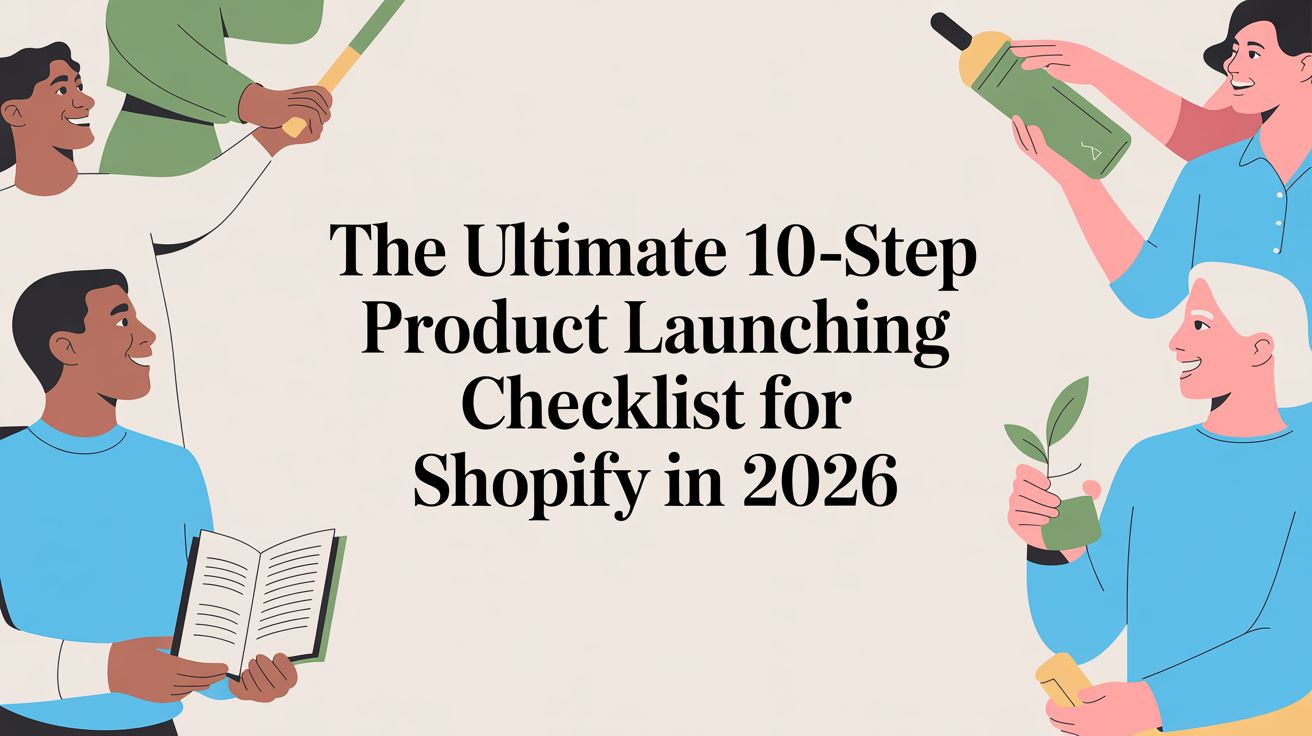
The psychology behind consumer regrets, or loss aversion

While it can be fairly easy to identify moments of regret in everyday life, they are also common in the consumer journey. So what should marketers understand about loss aversion? And can it motivate consumers to make a purchase they previously skipped out on?
We spoke with Joseph Michelli, a Ph.D. Licensed Psychologist and New York Times #1 bestselling author, about the cognitive reasonings there are for regret and how it impacts consumer behavior.
This is what we found out:
The psychology of regret, also known as loss aversion
Let’s take a trip down memory lane.
Can you remember a retail regret you experienced? If your answer is yes, then a few things are likely. One, you can remember it as if they happened yesterday and two, you more than likely experienced a loss. And if it was up to you, you’d take everything you know now, go back in time, and conjure up a different experience.
It’s a classic case of regret, or loss aversion, the psychological idea that people will choose to protect themselves from potential losses more than they will seek to protect equivalent gains. Chances are, if that regretful experience had gone in your favor, you wouldn’t remember it as clearly as the pain of losing. You’d be grateful that you had a certain product, bought a service, etc., but it wouldn’t take up nearly as much brain space as the feeling of loss does.
“…While risk-taking varies from person to person, evolution would predict that we can’t withstand major losses,” Michelli said. “As a species, loss aversion is about trying to prevent ourselves from taking a hit that is going to be dangerous. We remember when we do those things and so people really hold on to negative emotions more than positive ones.”
Enter non-buyer’s remorse. It’s that unpleasant, “thorn in your side” type of feeling that occurs when you convince yourself you don't need a product or service, only to wish you purchased it later. At the time of deliberation, rational thinking might’ve felt like the best option, but now all you can think about is the amazing item you walked away from.
At a time when consumers’ attention spans are especially low and they have a wide range of brands to choose from, it can be helpful for customers to consider the impact of losses versus gains if they don’t purchase your product.
“When someone says, ‘I think I’m going to take a moment to consider [buying this product],’ the last thing you want them to do is leave because once they do, they might walk down to another store and see something they like more,” said Michelli. “If you can get them to buy in the moment when they see a lot of the positives of it [that’s what you want to do].”
How loss aversion comes through in marketing
So, how do brands do this? For many, loss aversion comes through in two ways: messaging and customer experience.
When it comes through in experience, marketers are putting the product in their customers' hands. Allowing them to touch and experience it. Truly giving them the chance to picture the product as a fixture in their lives once they return home. Then they're often leveraging the fear of missing out (FOMO) by letting the customer know time is fleeting.
“If I can start talking to you as you hold your item, I’ve transferred ownership to you and you can begin imagining where you’ll wear the item and how great the experience will be,” said Michelli. “But once you decide you’re going to leave the store, I’ll grab my item because it might not be yours when you come back.”
Loss aversion, FOMO and scarcity can heighten the perceived value of a product or service and influence customers to move at a faster pace.
“It creates a time urgency. If I don’t take action during that urgent time frame, I run the risk of losing that sale price or that product. That’s enough for a lot of people to go from inaction to ‘Well, I better step up and buy it’,” said Michelli. “That’s a big reason why we create time urgency around offers; we know that when people feel like they have forever, they procrastinate.”
While behavioral economics can give you a reliable reference point for motivating customers, it's important to call out that ultimately, the decision-making process belongs to the consumer. Influencing consumer choice must be done ethically, with an emphasis on solving the customer’s pain points and supporting your more risk-averse customers.
“At the end of the day, your customers are still the decision-makers. You can only encourage people to take a step; if you do it with some grace and positivity, showing them the benefits of your product and the risk of not acting, you can lead them to the best outcome while still building your case,” said Michelli. “Sometimes people need something, and they’re scared to buy it. It’s your job to show them it’s okay to make a purchase and that if they’re going to be scared of something, it should be taking no action.”
The psychological science behind loss aversion and consumer behavior can have a significant impact on conversion rates and the value consumers place on a brand. Knowing what it is and how it works is an important first step.

Lindsay Keener is a brand journalist for Quikly. She covers stories that help to inform and educate consumer-facing marketers.
